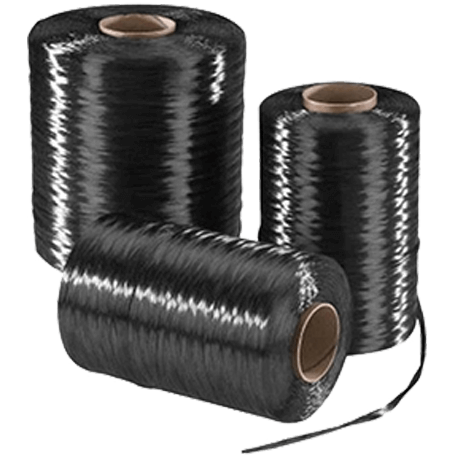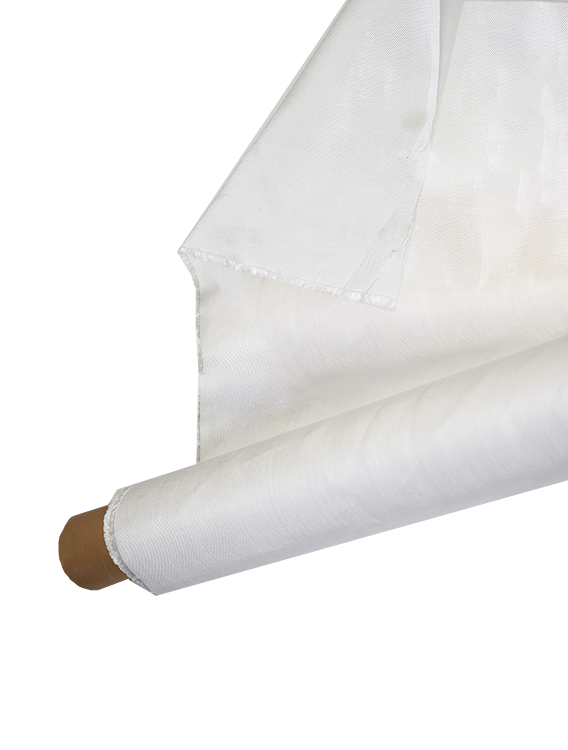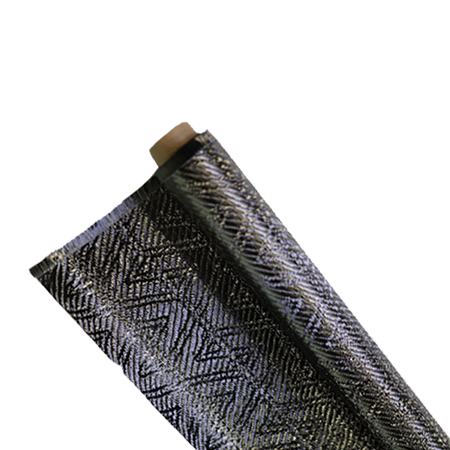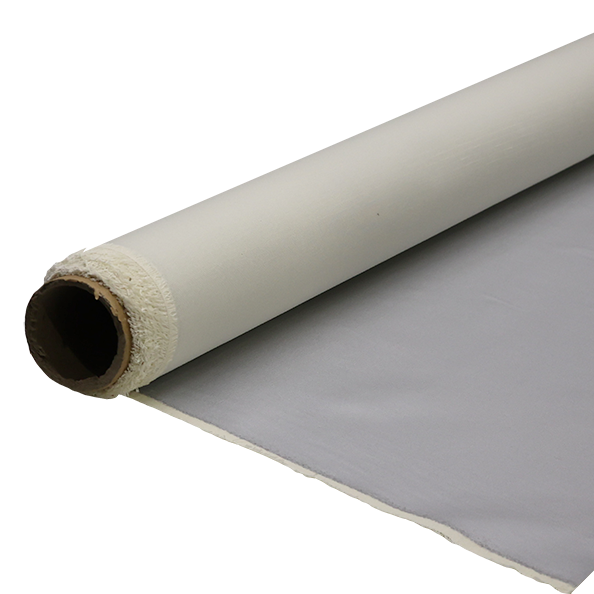ASTM Updates Guidelines for Marine Resin Application
-
Table of Contents
“ASTM Updates: Elevating Standards for Marine Resin Application Excellence.”
The ASTM (American Society for Testing and Materials) has recently updated its guidelines for marine resin application, reflecting advancements in materials science and industry practices. These updates aim to enhance the performance, safety, and environmental sustainability of marine resin products used in boat building and repair. The revised guidelines provide detailed specifications for resin formulation, application techniques, and testing methods, ensuring that manufacturers and users adhere to the highest standards of quality and reliability. By incorporating the latest research and technological innovations, these updates are designed to support the marine industry in producing durable, efficient, and eco-friendly composite materials.
Overview of ASTM Updates for Marine Resin Application
The American Society for Testing and Materials (ASTM) has recently undertaken significant updates to its guidelines concerning marine resin application, reflecting the evolving needs of the marine industry and advancements in material science. These updates are crucial for manufacturers, engineers, and contractors involved in the production and maintenance of marine vessels, as they provide a framework for ensuring quality, safety, and performance in marine applications. The revisions are designed to address both the technical specifications of marine resins and the methodologies for their application, thereby enhancing the overall integrity of marine structures.
One of the primary focuses of the updated guidelines is the emphasis on the selection of appropriate resin types based on specific environmental conditions. Marine environments are notoriously harsh, characterized by exposure to saltwater, UV radiation, and varying temperatures. Consequently, the updated guidelines now include detailed recommendations for selecting resins that exhibit superior resistance to these elements. This is particularly important as the longevity and durability of marine vessels are directly influenced by the quality of the materials used in their construction. By providing clearer criteria for resin selection, ASTM aims to minimize the risk of premature degradation and failure, ultimately leading to safer and more reliable marine operations.
In addition to material selection, the updates also address the application processes for marine resins. The guidelines now incorporate best practices for surface preparation, mixing, and curing, which are critical steps in ensuring optimal adhesion and performance. For instance, the revisions highlight the importance of thorough surface cleaning and priming to enhance the bond between the resin and the substrate. Furthermore, the updates provide specific recommendations for mixing ratios and curing times, which are essential for achieving the desired mechanical properties of the cured resin. By standardizing these processes, ASTM seeks to reduce variability in application outcomes, thereby promoting consistency across the industry.
Moreover, the updated guidelines reflect a growing awareness of sustainability and environmental impact. As the marine industry increasingly prioritizes eco-friendly practices, the revisions include recommendations for the use of low-VOC (volatile organic compounds) resins and other environmentally responsible materials. This shift not only aligns with global sustainability goals but also addresses regulatory pressures that many manufacturers face. By encouraging the adoption of greener alternatives, ASTM is helping to foster a more sustainable marine industry while still maintaining high performance standards.
Furthermore, the updates also incorporate advancements in testing methodologies. The revised guidelines outline new testing protocols that assess the performance of marine resins under simulated environmental conditions. These protocols are designed to provide more accurate predictions of how resins will behave over time, thus enabling manufacturers to make informed decisions about material selection and application techniques. By integrating modern testing methods, ASTM ensures that the guidelines remain relevant and effective in addressing contemporary challenges faced by the marine sector.
In conclusion, the recent updates to ASTM guidelines for marine resin application represent a comprehensive effort to enhance the quality and performance of materials used in marine environments. By focusing on material selection, application processes, sustainability, and testing methodologies, these revisions provide a robust framework that supports the industry’s commitment to safety, durability, and environmental responsibility. As stakeholders in the marine industry adapt to these changes, they will be better equipped to meet the demands of a dynamic market while ensuring the integrity of their marine structures.
Key Changes in Guidelines for Marine Resin Usage
The American Society for Testing and Materials (ASTM) has recently updated its guidelines concerning the application of marine resins, reflecting the evolving needs of the marine industry and advancements in material science. These updates are crucial for manufacturers, boat builders, and repair professionals who rely on marine resins for constructing and maintaining vessels. The revisions aim to enhance safety, improve performance, and ensure environmental compliance, thereby fostering a more sustainable approach to marine applications.
One of the most significant changes in the guidelines pertains to the formulation of marine resins. The updated standards emphasize the importance of using resins that are not only durable but also environmentally friendly. This shift is largely driven by increasing regulatory pressures and a growing awareness of the environmental impact of traditional resin formulations. Consequently, manufacturers are encouraged to explore bio-based resins and other sustainable alternatives that minimize harmful emissions during application and throughout the product lifecycle. This transition not only aligns with global sustainability goals but also meets the demands of a more environmentally conscious consumer base.
In addition to the focus on sustainability, the revised guidelines introduce stricter performance criteria for marine resins. These criteria encompass various aspects, including adhesion strength, resistance to water absorption, and durability under extreme weather conditions. By establishing more rigorous testing protocols, ASTM aims to ensure that marine resins can withstand the harsh marine environment, which is characterized by saltwater exposure, UV radiation, and temperature fluctuations. As a result, manufacturers are now required to conduct comprehensive testing to validate the performance claims of their products, thereby enhancing the reliability of marine resins in practical applications.
Moreover, the updated guidelines also address the application techniques for marine resins. Recognizing that improper application can lead to significant performance issues, the revisions provide detailed recommendations on surface preparation, mixing ratios, and curing processes. These guidelines emphasize the importance of following manufacturer instructions meticulously to achieve optimal results. By standardizing application procedures, ASTM aims to reduce variability in outcomes, thereby ensuring that end-users can expect consistent quality and performance from marine resin products.
Furthermore, the guidelines now include enhanced safety protocols for handling and applying marine resins. This aspect is particularly important given the potential health risks associated with exposure to volatile organic compounds (VOCs) and other hazardous materials commonly found in traditional resin formulations. The updated guidelines advocate for the use of personal protective equipment (PPE) and proper ventilation during application to mitigate health risks. Additionally, they encourage the adoption of safer handling practices, which not only protect workers but also contribute to a safer working environment overall.
In conclusion, the recent updates to ASTM guidelines for marine resin application represent a significant advancement in the industry. By prioritizing sustainability, enhancing performance criteria, standardizing application techniques, and improving safety protocols, these revisions aim to elevate the quality and reliability of marine resins. As the marine industry continues to evolve, adherence to these updated guidelines will be essential for manufacturers and professionals seeking to ensure the longevity and performance of their products while also meeting the growing demands for environmental responsibility. Ultimately, these changes reflect a commitment to innovation and safety, paving the way for a more sustainable future in marine applications.
Best Practices for Implementing ASTM Standards in Marine Resin Projects
The recent updates to the ASTM guidelines for marine resin application have significant implications for professionals in the marine industry. As these standards evolve, it becomes increasingly important for practitioners to adopt best practices that align with the latest recommendations. Implementing ASTM standards effectively not only enhances the quality and durability of marine projects but also ensures compliance with safety regulations and industry benchmarks.
To begin with, understanding the specific requirements outlined in the updated ASTM guidelines is crucial. These documents provide detailed specifications regarding the types of resins suitable for marine applications, as well as the recommended methods for their application. Familiarizing oneself with these standards allows professionals to select the appropriate materials and techniques that will yield optimal results. For instance, the guidelines may specify particular curing times, temperature ranges, and environmental conditions that must be adhered to during the application process. By closely following these recommendations, practitioners can mitigate the risk of defects and ensure the longevity of their projects.
Moreover, training and education play a pivotal role in the successful implementation of ASTM standards. It is essential for teams involved in marine resin projects to receive comprehensive training on the updated guidelines. This training should encompass not only the technical aspects of resin application but also the importance of adhering to safety protocols. By fostering a culture of continuous learning, organizations can empower their workforce to make informed decisions that align with industry standards. Additionally, regular workshops and seminars can serve as platforms for sharing best practices and addressing common challenges faced during resin application.
In addition to training, proper planning and preparation are vital components of successful project execution. Before commencing any marine resin application, it is advisable to conduct a thorough assessment of the project site and the materials to be used. This assessment should include an evaluation of environmental conditions, substrate compatibility, and potential contaminants that could affect adhesion. By taking these factors into account, professionals can develop a comprehensive application strategy that minimizes risks and maximizes performance.
Furthermore, quality control measures should be integrated into every stage of the resin application process. This includes conducting regular inspections and tests to ensure that the materials being used meet the specified ASTM standards. Implementing a robust quality assurance program not only helps in identifying potential issues early on but also reinforces the commitment to excellence in marine projects. By documenting these quality control measures, organizations can provide evidence of compliance with ASTM guidelines, which can be beneficial for future audits and assessments.
Lastly, collaboration and communication among team members are essential for the successful implementation of ASTM standards. Encouraging open dialogue allows for the sharing of insights and experiences, which can lead to improved practices and innovative solutions. By fostering a collaborative environment, organizations can enhance their overall efficiency and effectiveness in marine resin projects.
In conclusion, the updated ASTM guidelines for marine resin application present an opportunity for professionals to elevate their practices. By understanding the standards, investing in training, planning meticulously, implementing quality control measures, and promoting collaboration, practitioners can ensure that their projects not only meet but exceed industry expectations. Embracing these best practices will ultimately lead to enhanced performance, safety, and sustainability in marine applications.
Q&A
1. **Question:** What is the purpose of the ASTM updates for marine resin application?
**Answer:** The ASTM updates aim to enhance safety, performance, and environmental compliance in the application of marine resins, ensuring that industry standards reflect current best practices and technological advancements.
2. **Question:** What specific areas do the ASTM updates address regarding marine resin application?
**Answer:** The updates address areas such as material specifications, application techniques, curing processes, and safety protocols to improve the overall quality and durability of marine structures.
3. **Question:** How do the ASTM updates impact manufacturers and contractors in the marine industry?
**Answer:** The updates provide manufacturers and contractors with clear guidelines to ensure compliance with industry standards, improve product quality, and reduce the risk of failures or safety incidents during marine resin application.The recent updates to ASTM guidelines for marine resin application enhance safety, performance, and environmental considerations, ensuring that industry standards reflect current best practices and technological advancements. These revisions aim to improve the quality and durability of marine structures while promoting sustainable practices in resin usage.











